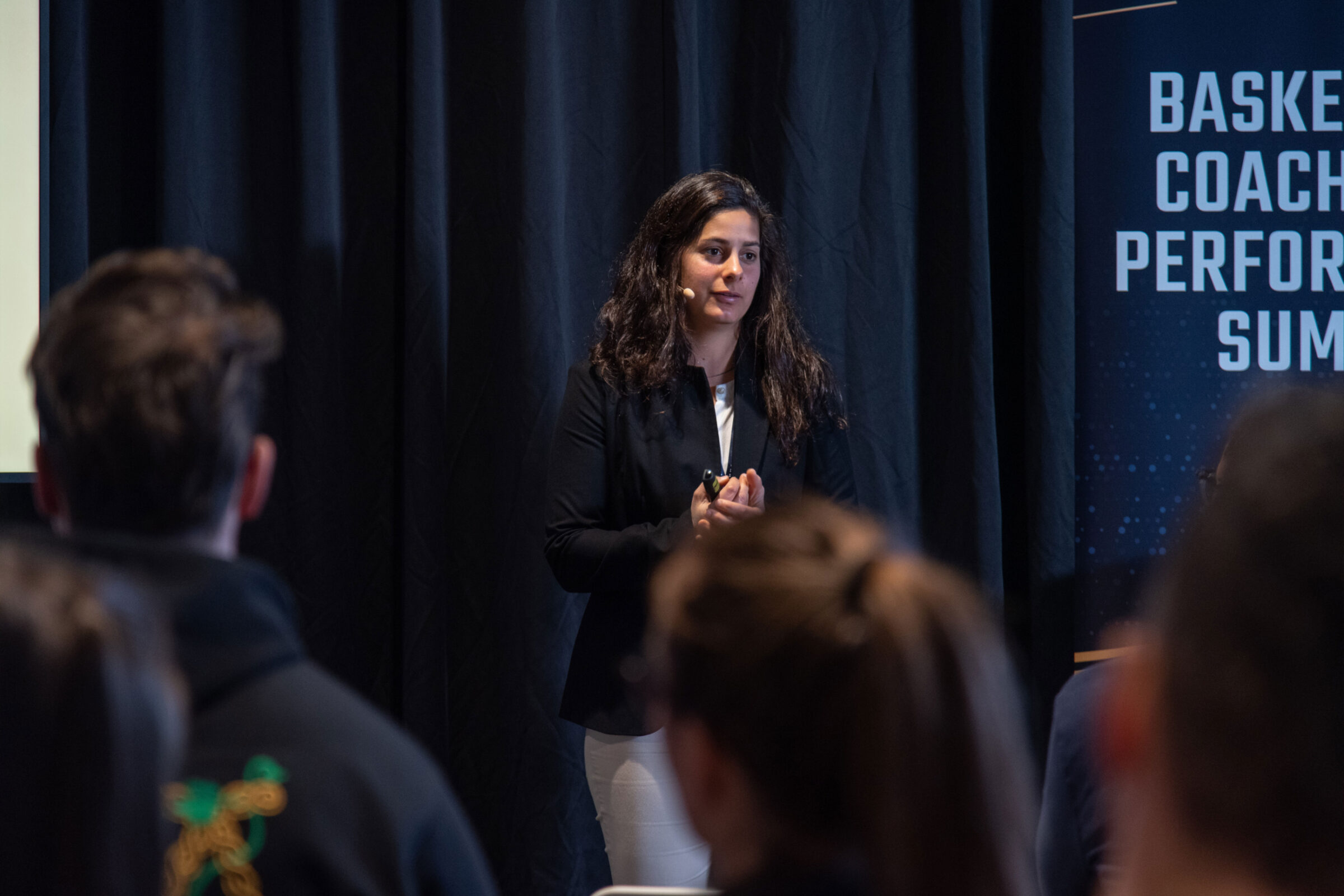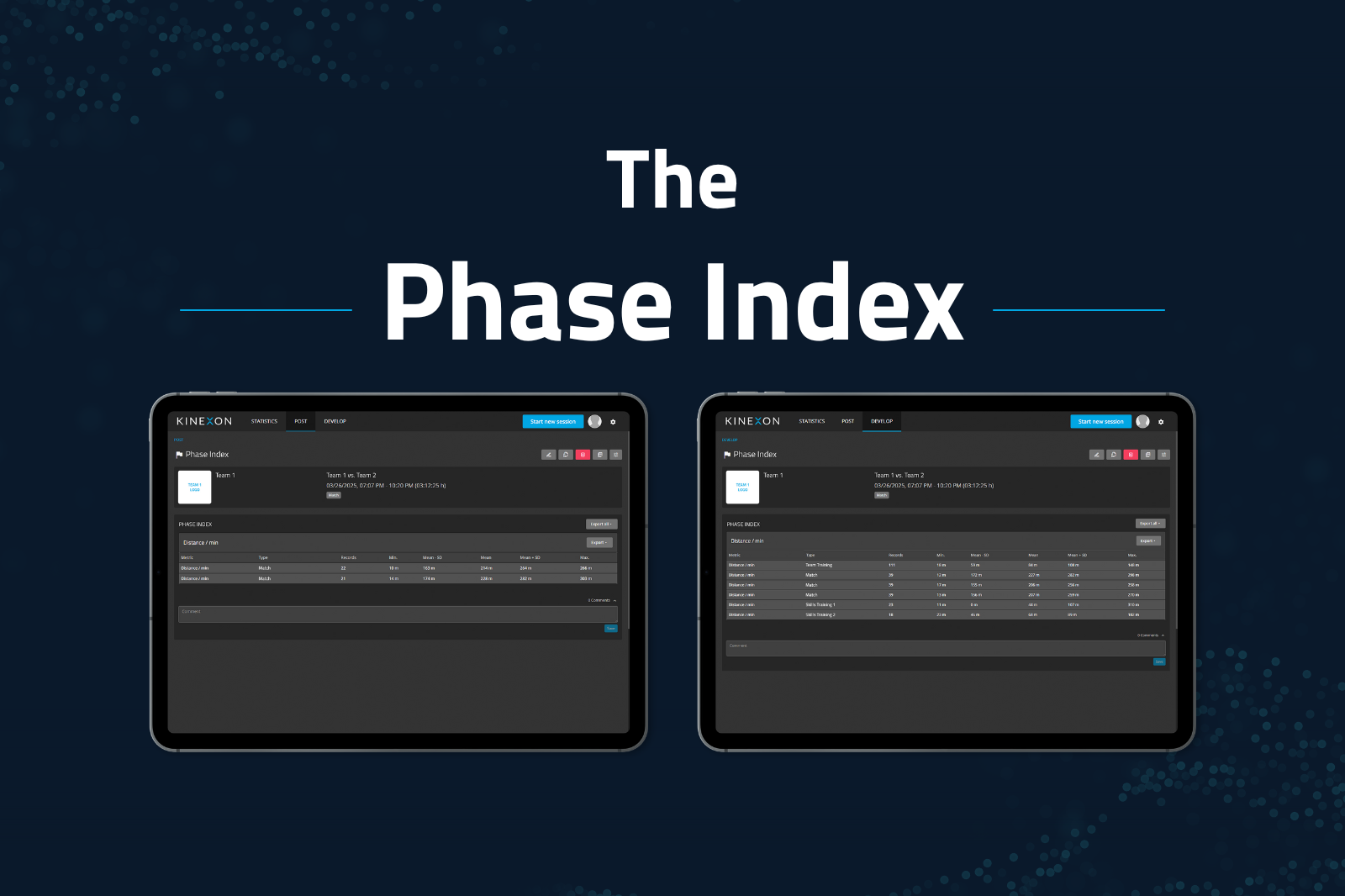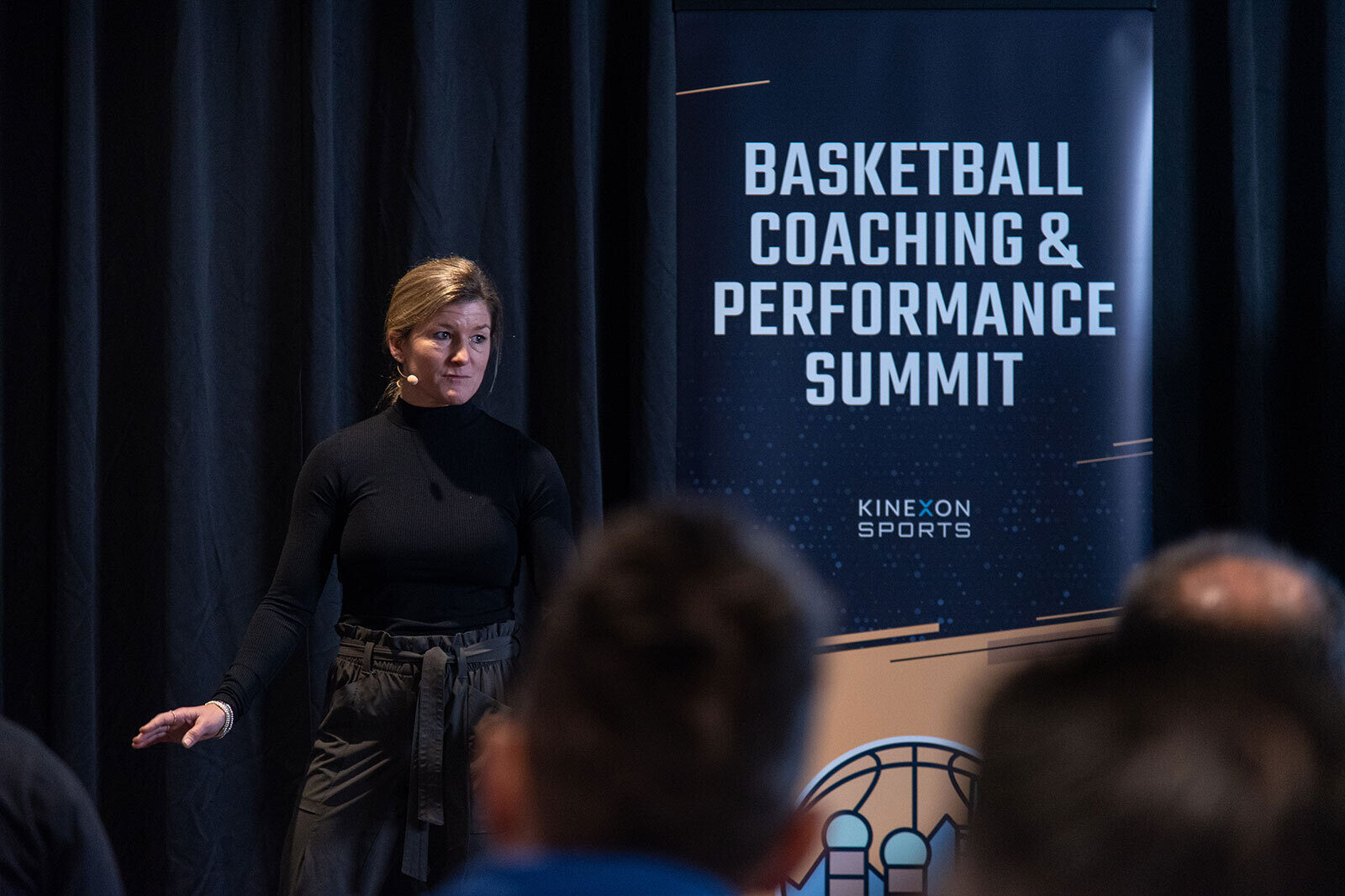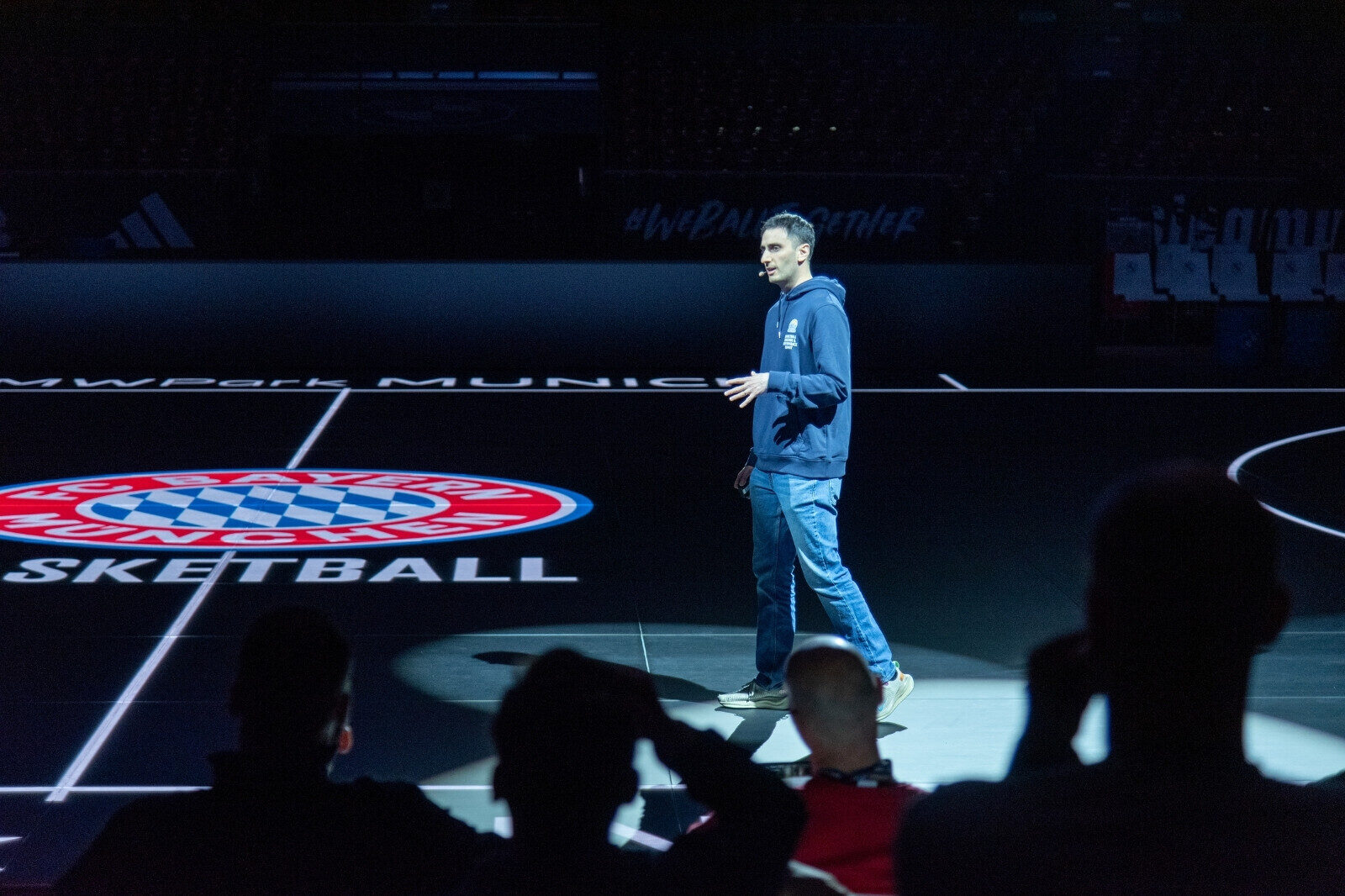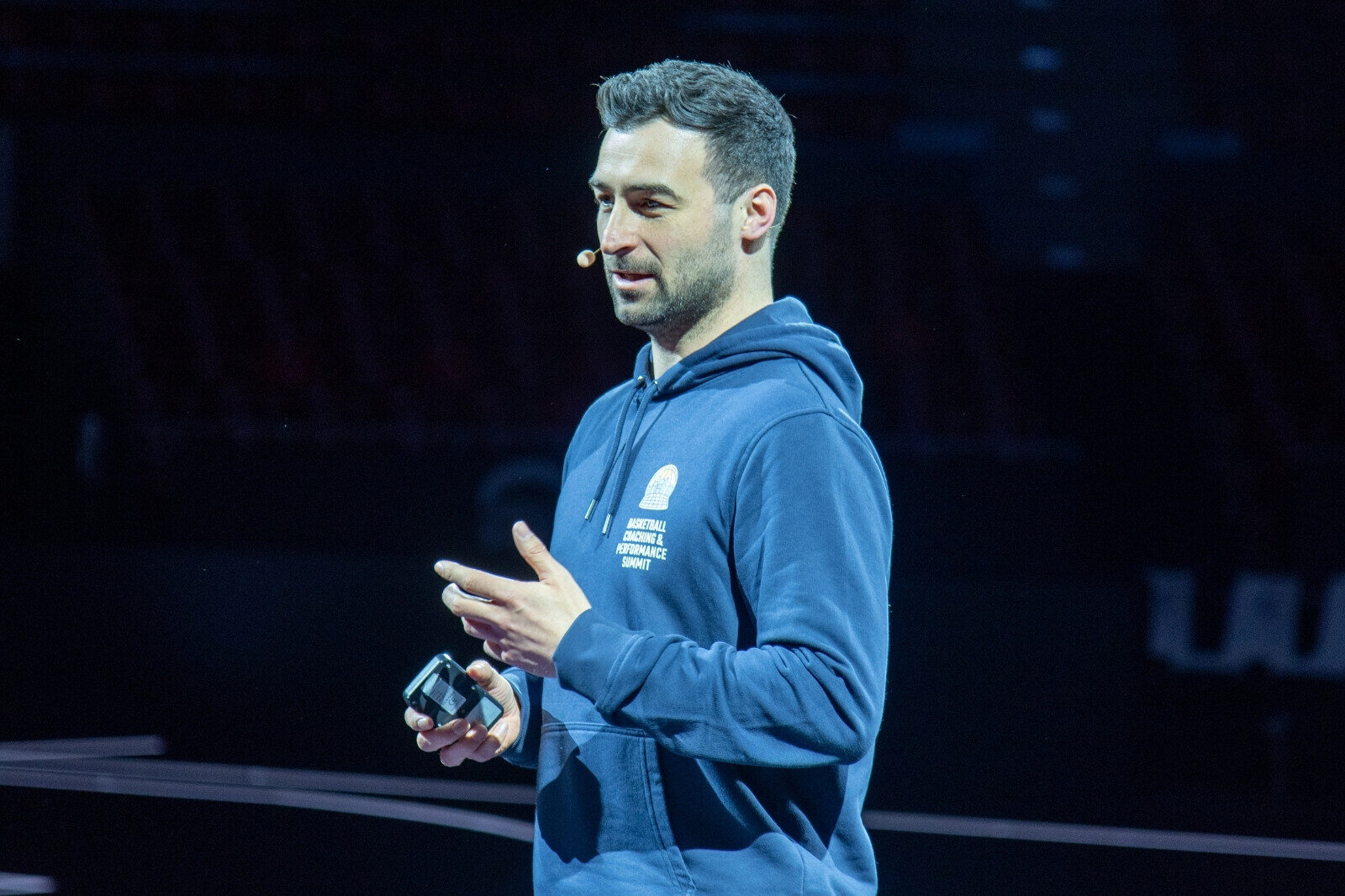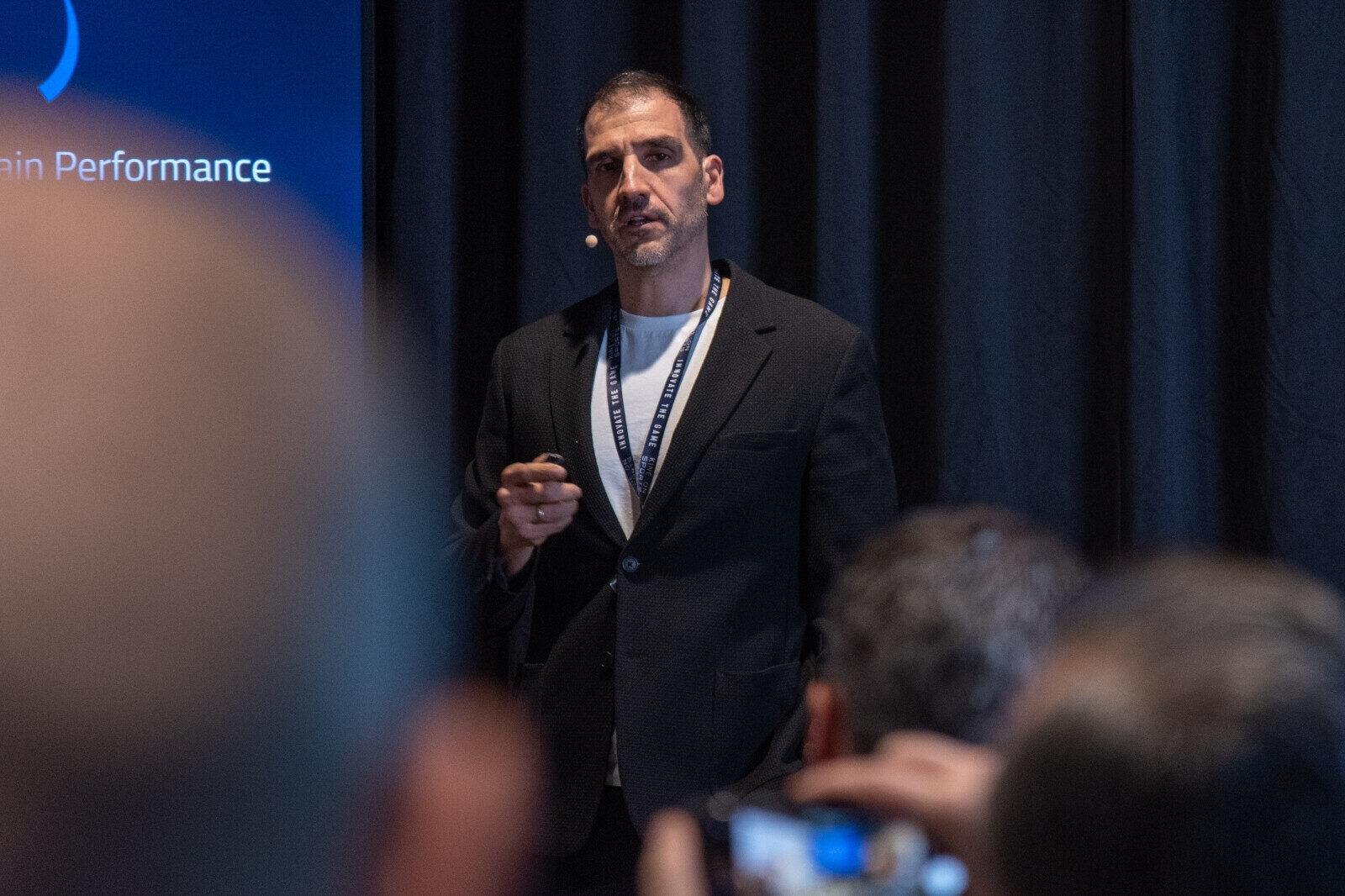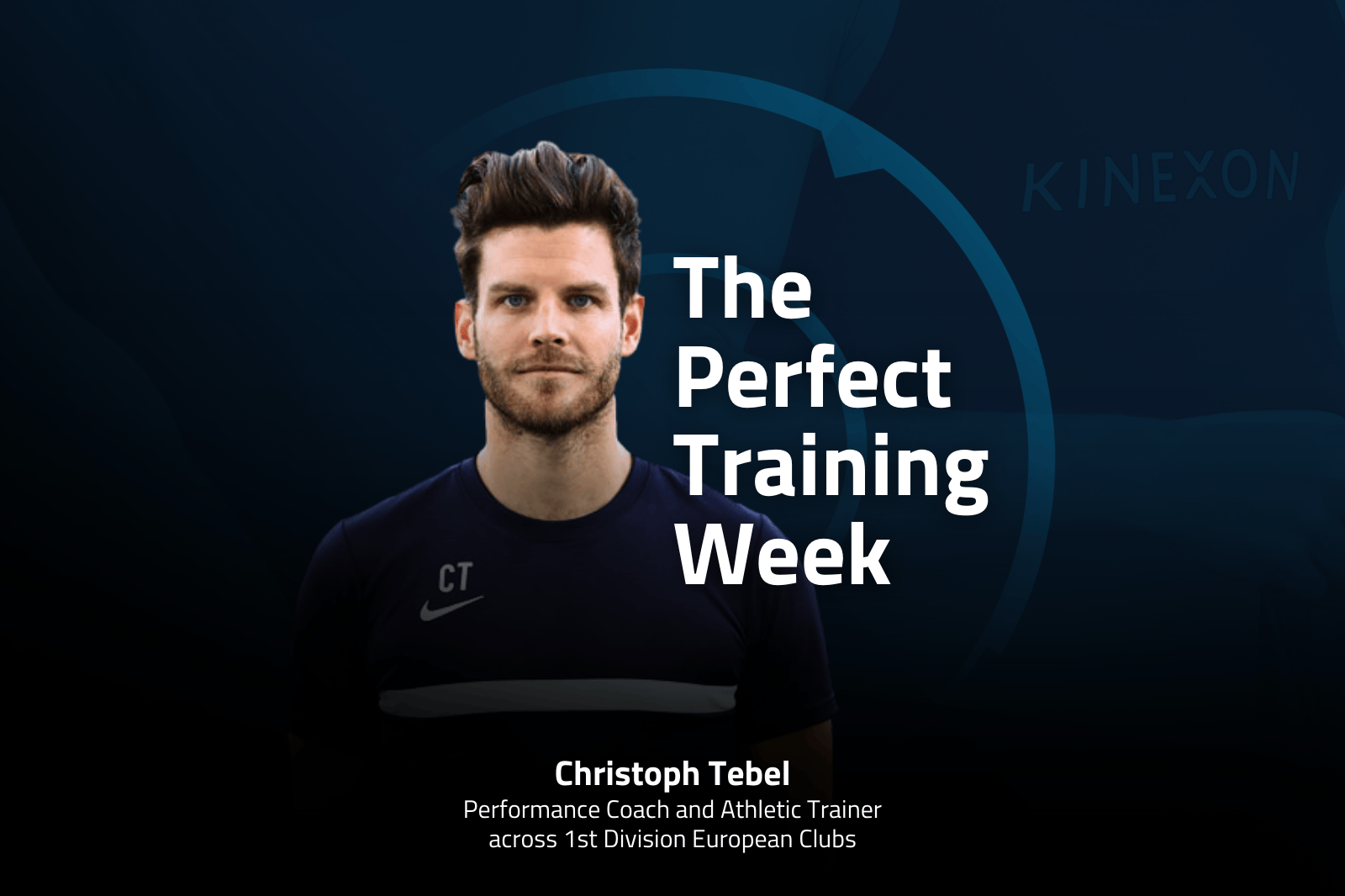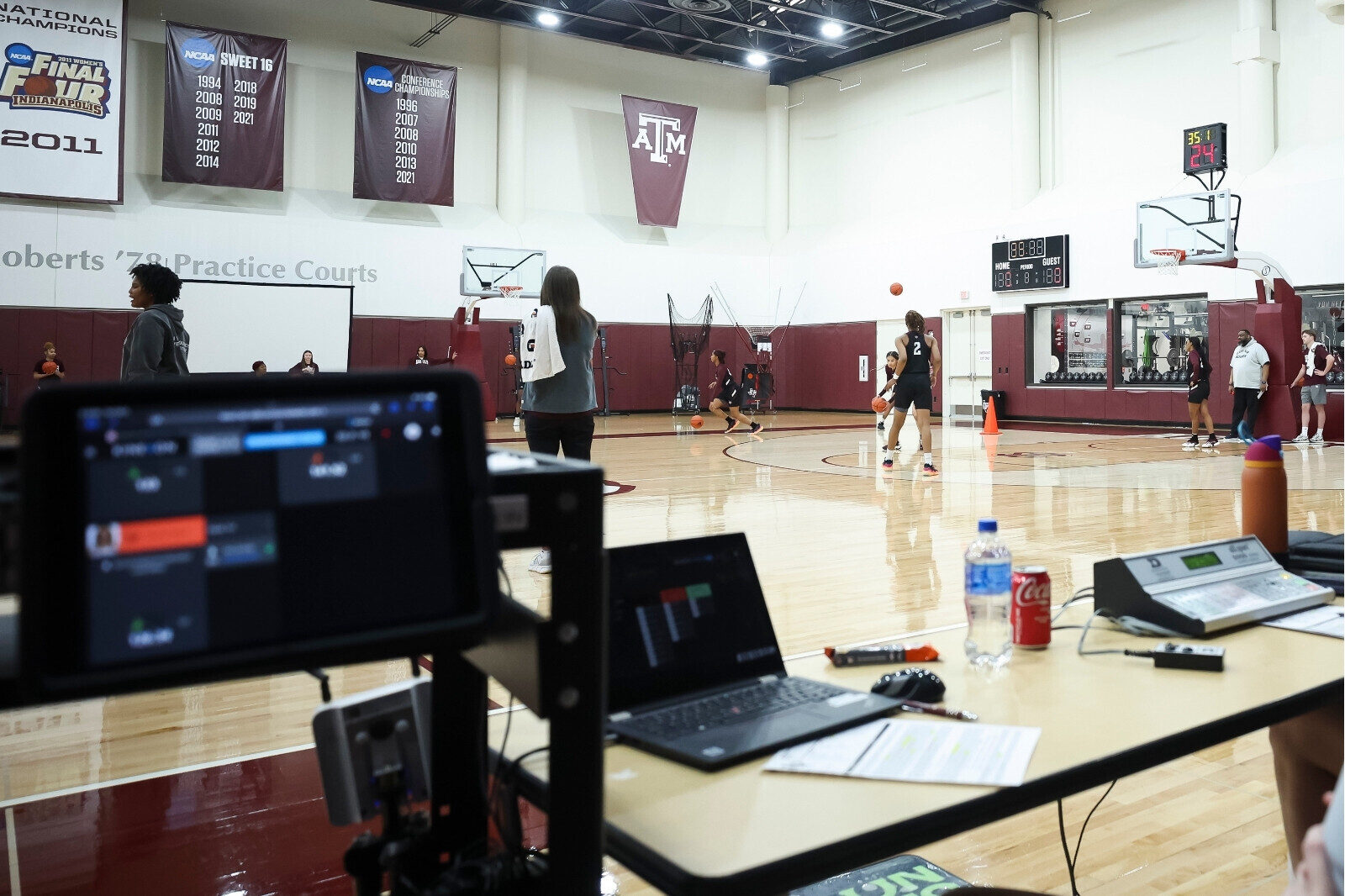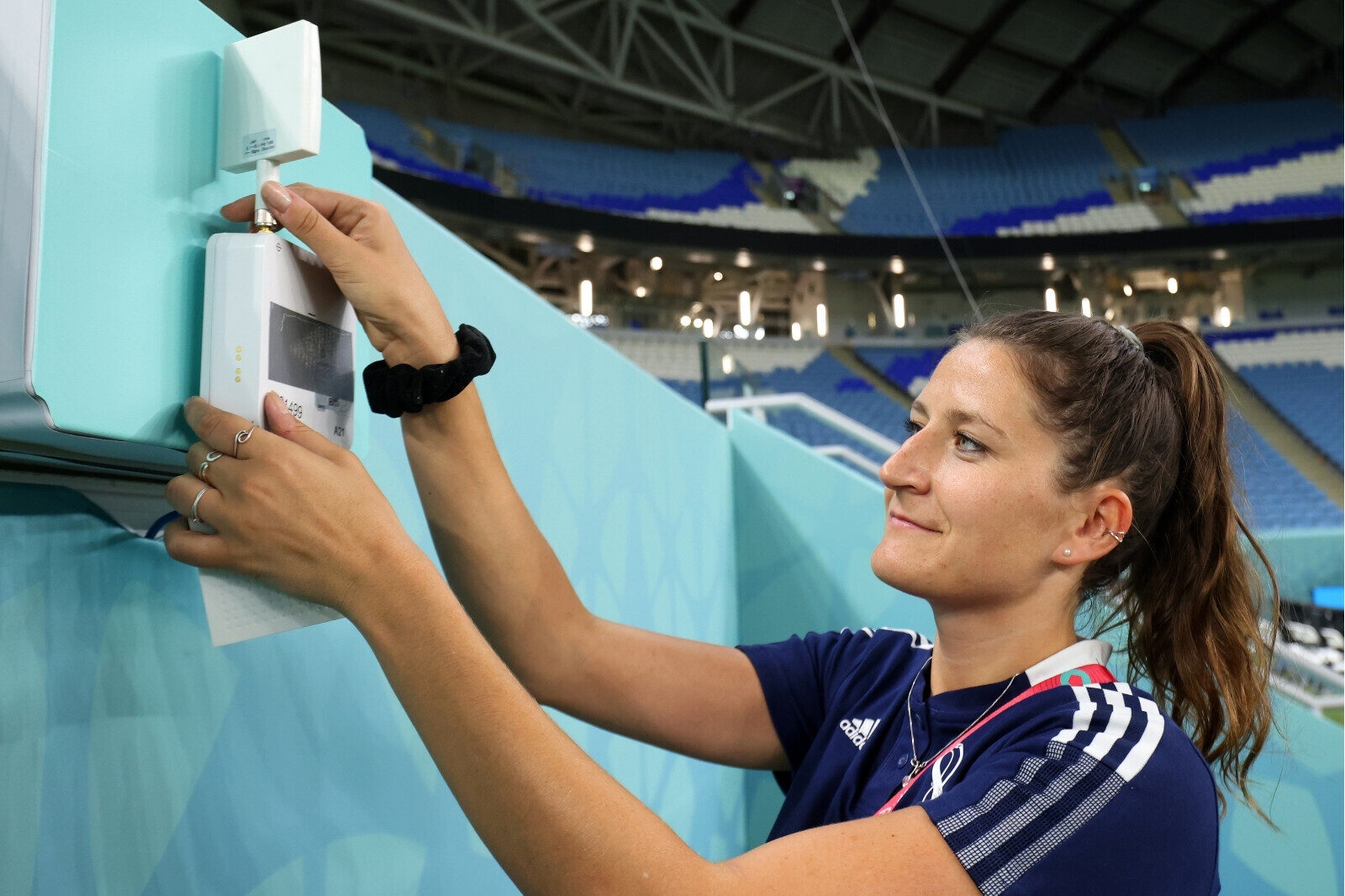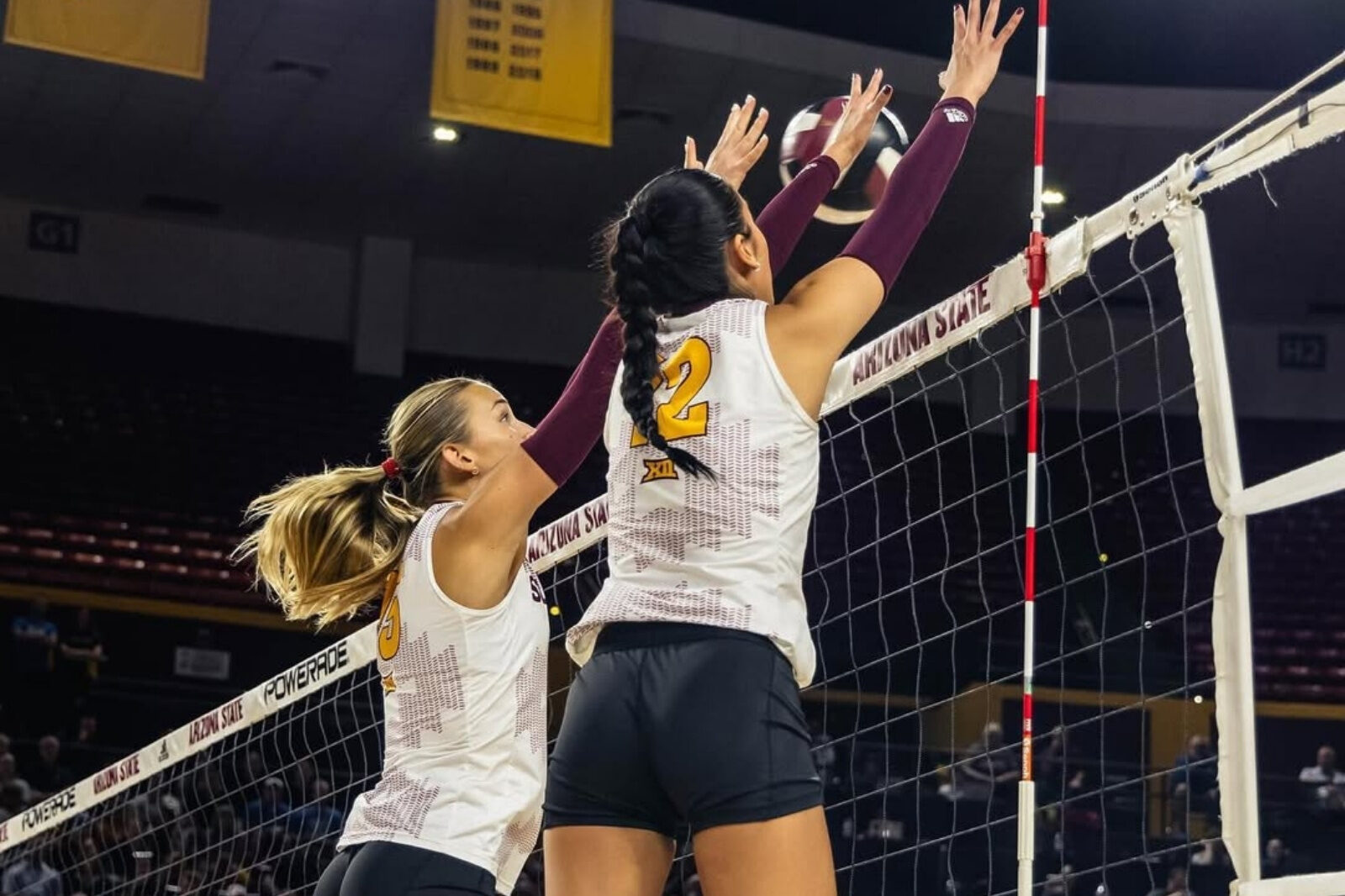How Does a Football (Soccer) Vest Help Coaches Collect Data and Analytics?
One innovation that is transforming soccer is the use of a football vest equipped with a player tracking device that uses cutting-edge technology to collect data and analytics. They’re helping coaches and athletic trainers to make better decisions about their players and game plans.
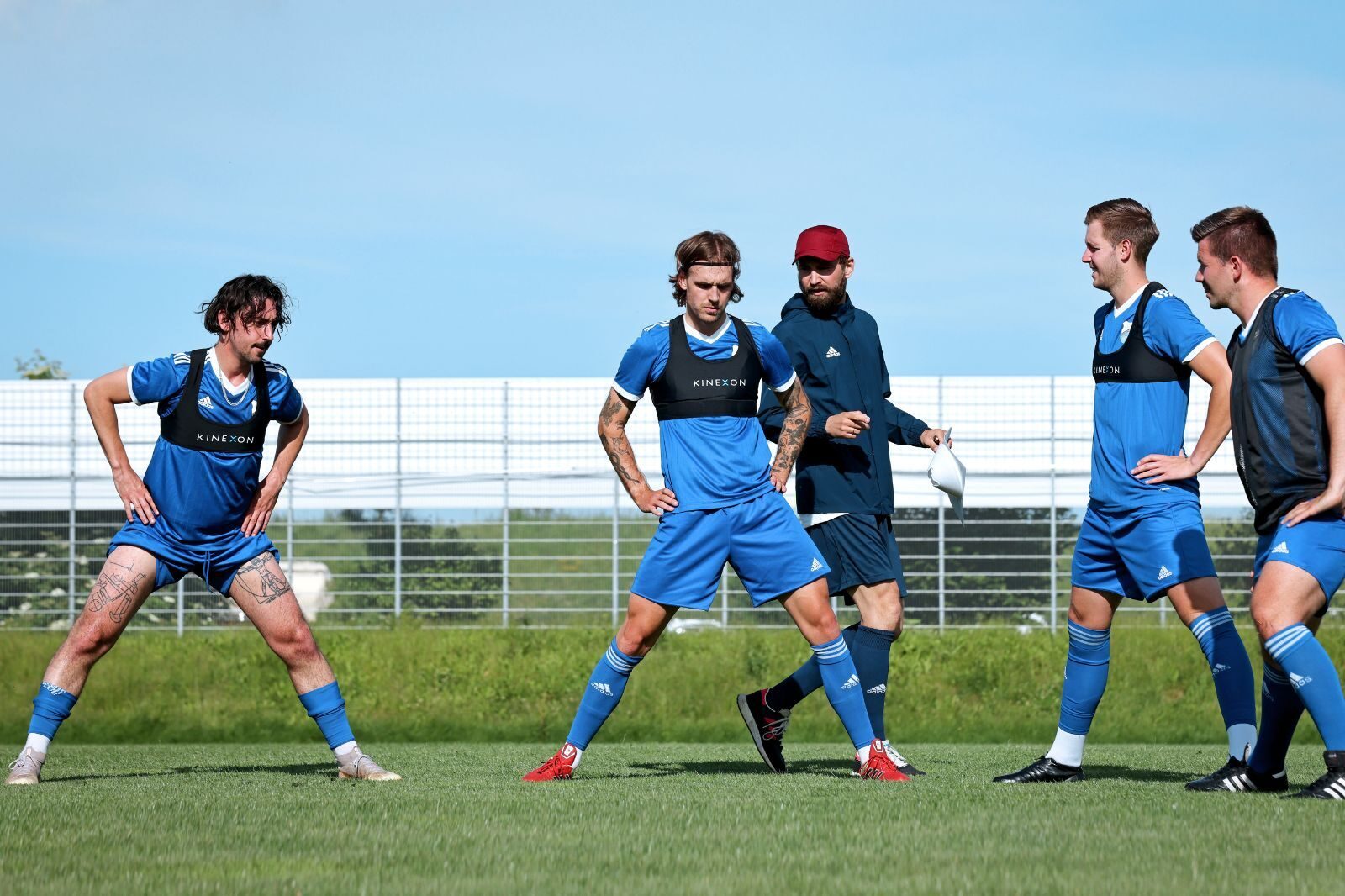
These vests are not your ordinary training gear. An image of Arizona Cardinals quarterback Kyler Murray wearing one recently went viral when many people thought he was wearing a sports bra. Although sports bras can be used in the same way, he was wearing a soccer vest. Yes, football players wear them, too.
And when a player tracker (aka wearable) is added to the built-in pocket, soccer (or football) vests become sophisticated sports analytics tools that enable coaches, players, and athletic trainers to gain invaluable insights into performance and strategy.
In this blog, we’ll delve into how football (soccer) vests are changing the game, offering a competitive edge, and revolutionizing the way sports analytics are collected.
What is a Soccer Vest?
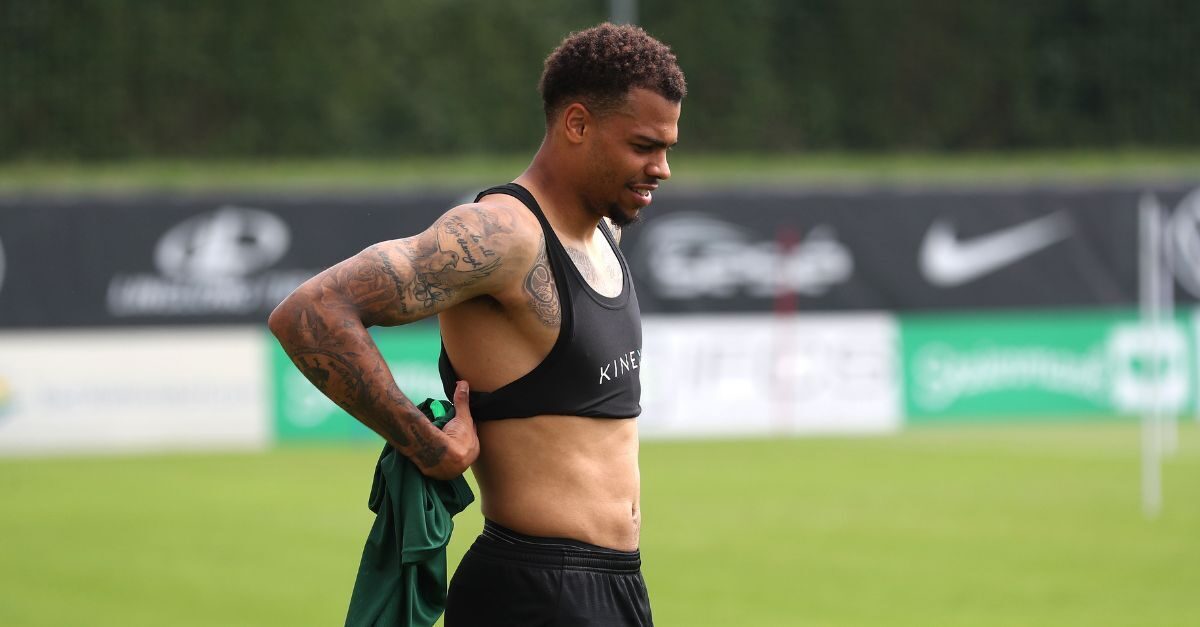
Unlike football (soccer) pinnies, which are used in practice to simply distinguish between players on opposite teams, football (soccer) vests are typically the same color and come with a pocket that holds a player tracking device, which collects sports data.
The vest is lightweight and hardly noticeable to the players. It can be worn over or under a uniform or practice jersey. The devices keep tabs on player movements with exceptional precision and record crucial data points, including:
- Distance covered
- Speed
- Acceleration and deceleration
By using advanced algorithms, coaches and athletic trainers can analyze the data to assess players’ physical performance, load management, and tailor sports performance training programs accordingly.
The vests can be equipped with GPS or LPS player tracking devices. This data-driven approach allows teams to optimize their training routines and cut injury risk.
We recently recorded a demonstration that shows how football (soccer) vests are used to help coaches, athletic trainers, and players improve their performance in multiple sports.
How Soccer Training Vests Helps Coaches
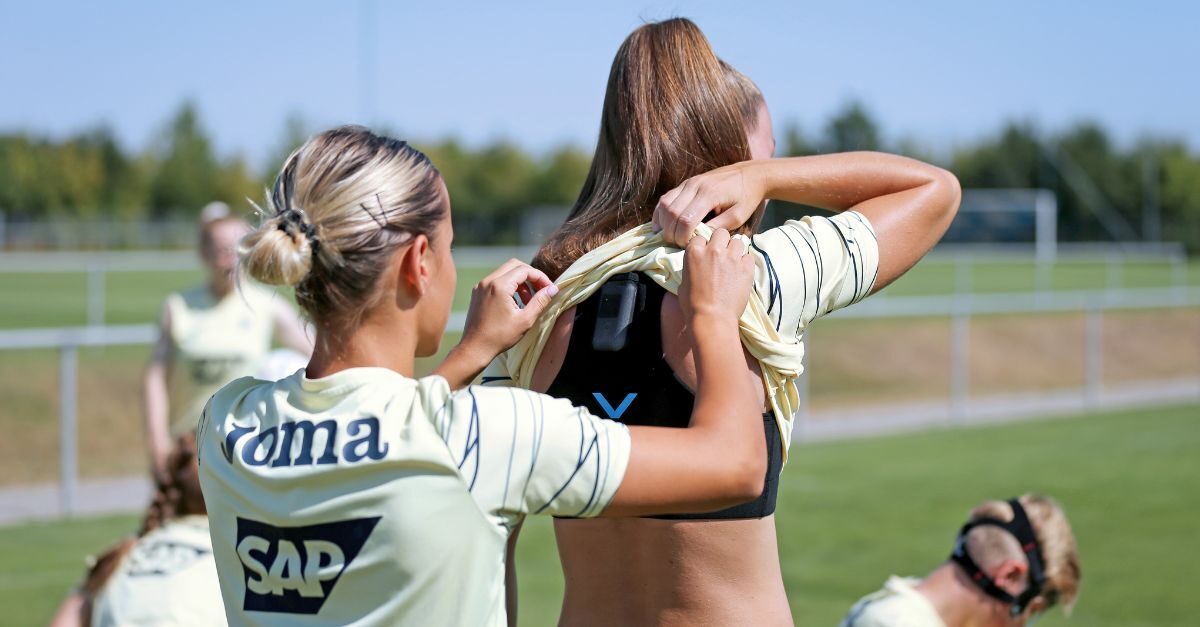
Using a player tracking device within a football (soccer) training vests helps coaches in multiple ways, including:
- Game planning
- Analyzing player biomechanics
- Real-time feedback
- Player comparisons
To get a better understanding of what this means, let’s take a look at each benefit.
1. Putting Together Game Plans: Beyond physical performance, football (soccer) vests are instrumental in collecting information that coaches can use as part of a game plan. How? The vests can capture players’ positioning on the field, both offensively and defensively.
2. Analyzing Player Biomechanics: Understanding player biomechanics is vital for optimizing performance and preventing injuries. The player tracking devices in a soccer training vest provides biomechanical data, including:
- Acceleration Load
- Exertions
- Mechanical Load
- Metabolic Power
Acceleration load Exertions Mechanical load/intensity Metabolic power
By analyzing this data, coaches and medical staff can identify potential injury risks and work on personalized corrective exercises. Moreover, fine-tuning players’ biomechanics can lead to improved efficiency and agility on the field.
3. Real-Time Feedback: Football (soccer) vests with live tracking capabilities provide real-time feedback during training sessions and matches. Coaches can access immediate performance metrics on a tablet or smartphone, enabling them to make data-driven decisions on substitutions, tactics, and overall game strategy.
Players can also benefit from instant feedback, helping them make adjustments to their performance during the game.
4. Benchmarking and Player Comparison: Football (soccer) vests enable benchmarking player performance against both individual and team metrics. Coaches can set performance goals based on historical data and evaluate players’ progress over time. Additionally, these vests allow for objective player comparison, which is essential for talent identification, recruitment, and assessing players’ compatibility with a team’s style of play.
The Football (Soccer) Vest is a Must
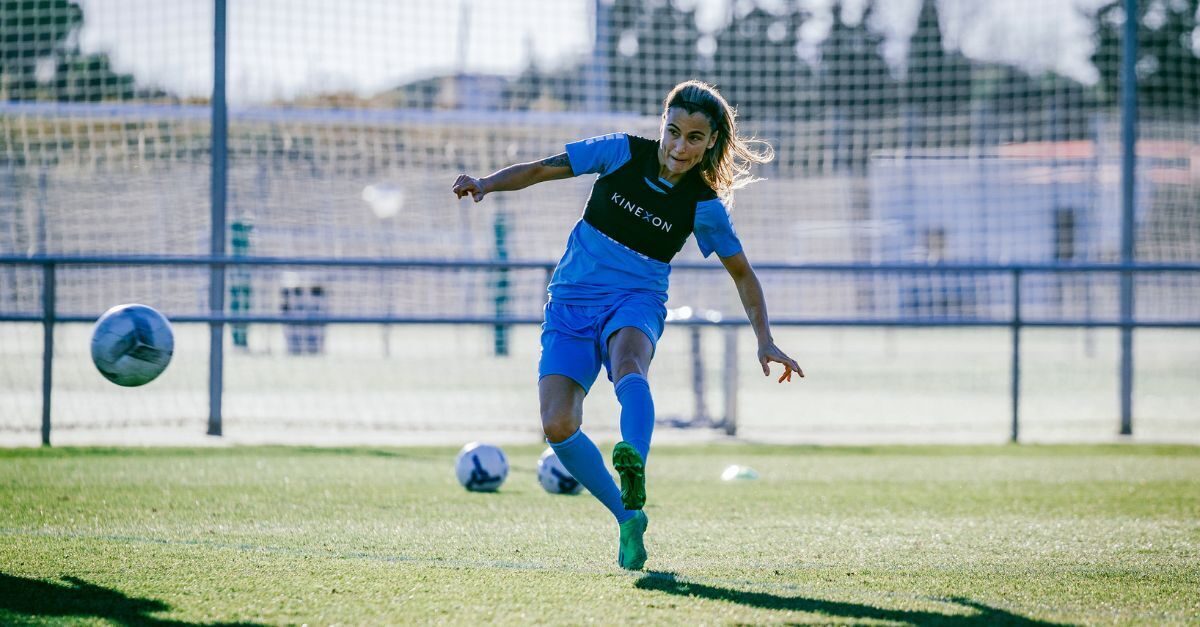
The use of football (soccer) vests for sports analytics is ushering in a new era of data-driven decision-making.
By providing coaches, players, and analysts with real-time insights into performance, tactical strategies, and player biomechanics, these a soccer vest is an indispensable tool for optimizing training, enhancing player development, and gaining a competitive edge on the field.
As technology continues to evolve, you can expect them to change the game in unprecedented ways.
KINEXON Football (Soccer) Training Vests

At KINEXON, we’re a sports analytics company that provides football (soccer) vests to men’s and women’s teams all over the world. Our sports technology produces precise, real-time localization of athletes and ball tracking.
To find out more about our soccer vests and the insights you can gather from them, don’t hesitate to contact us. Or check our many football/soccer tracking options by clicking the link below.
